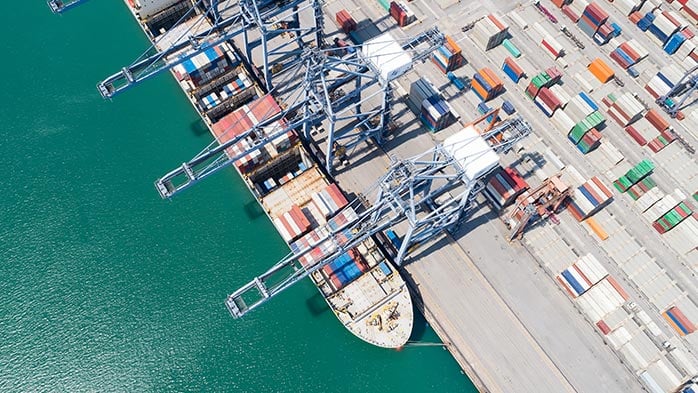The supply chain crisis that began in 2021 depressed levels of inventories in many major
economies, particularly in Europe. Inventories have now been recovering, particularly at the retail point of the supply-chain, and particularly in Europe. Partly this is a welcome indication that supply-chain disruptions (outside of energy) have been easing. But it may also be a warning sign that demand is getting weaker.
Inventories in Europe were hardest hit in 2021
As the first two charts in Figure 1 show, inventories in major European countries declined
sharply during 2021 as the supply chain crisis developed. Measures of inventory adequacy from surveys declined from around their long-run average levels at the start of 2021, to sharply below-average levels. Although retail inventories also fell sharply in the US, inventories held by US manufacturers fell only gradually, and remained at above-average levels. This fits with industrial production data: Eurozone IP grew just 0.3% in the four quarters to 2021 Q4, compared with 4.5% in the US.
Downstream inventories fell more than upstream
On both side of the Atlantic, inventories held by retailers fell much more than inventories
held by manufacturers, with wholesale inventories somewhere in between. This pattern
makes sense. The supply-chain crisis had an unambiguously negative effect on inventories of the finished products retailers hold as stock. But for the raw materials and intermediate products which make up much of the stock held by manufacturers, the picture is more ambiguous. Inventory levels fell for particular components (e.g. semiconductors) that were in short supply. However, the knock-on effect of this was to create ‘stuck’ inventory of other components; for example, an almost-finished car which needs only a few semiconductors to be completed.
These trends have been reversing – good news?
From early 2022, inventory measures have improved. Europe has caught up with the US.
And the downstream inventories have recovered relative to manufacturing inventories,
although there remains a large gap.
To some extent this is encouraging. It fits with other evidence of supply chain problems
easing. Freight rates have fallen significantly from their highs, both for dry bulk and
containers. The New York Fed’s Global Supply Chain Pressure Index (GSCPI), which
combines a range of business survey and other data across countries, has declined
substantially from its peak in December. Further supply chain disruptions are also likely as the energy crisis in Europe forces producers in energy intensive sectors to shut down. This will have knock-on effects downstream.
Higher inventories may also partly reflect sales beginning to weaken, as higher energy
prices in Europe and monetary tightening in the US begin to bite. Low inventory levels and the need to re-stock was one of the key reasons for optimism about European Industrial Production and metals demand in 2022. If inventories are rising, and if supply-chains have already absorbed substantial amounts of metal which is ‘stuck’ inventory, then the picture is less positive.
These and other economic developments that impact commodity markets are discussed
with CRU subscribers regularly. To enquire about CRU services or to discuss this topic in
detail, get in touch with us.

















